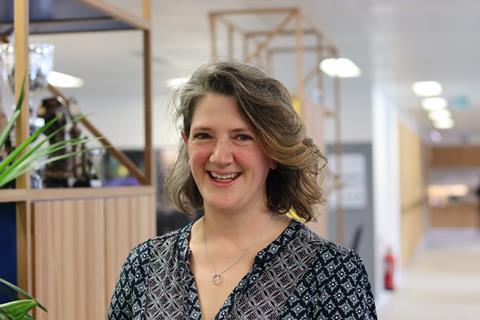The warnings are that we have neglected the vast majority of buildings and the vast majority world’s population - but there still is time to create a climate resilient society

Since 1990 there have been six iterations of Synthesis Reports from the Intergovernmental Panel on Climate Change – that means that for the past 32 years we have known as a global community that the need for reducing carbon emissions is mission critical for the stability of our social, economic, and environmental systems.
In each report the scientific evidence is more conclusive that the continued emission of greenhouse gases including carbon dioxide from fossil fuel combustion is causing increases in average global temperatures, destabilisation of global climate drivers, increased frequency of extreme events including wildfires, heatwaves, droughts, and floods.
For more than 30 years we have known that the energy systems that power civilisation and the cities, transport networks and economic activities that underpin it must transition away from coal, oil, and gas to clean, renewable sources.
We have made plans, developed policies, set targets and in some respects begun the process of demonstrating that change is both possible and financially and socially acceptable.
But, as the 6th Synthesis Report released this month shows, we have not acted quickly enough. The pace of meaningful action in the built environment remains ’business as usual’, even in the face of clear evidence that a substantial share of the responsibility to lower emissions lies at our feet.
The greatest effort has gone into new buildings and new infrastructure that showcase the potential and the benefits of decarbonised, high-performance, and renewably powered technologies and assets. Yet this focus neglects the vast majority of buildings and the vast majority of the world’s population including both low-income persons in the developed nations, and the majority of persons in the developing nations and Small Island Developing States (SIDS).
The majority of the buildings people live and work in are now unable to cope with the changing of conditions
The Summary for Policymakers highlights that insufficient financial flows are going into adaptation – ensuring that communities can survive the impacts of climate change. We are currently experiencing the early stages, and already seeing preventable mortality from heatwaves, drought, severe weather events and food supply disruptions. In Western Europe in the summer of 2022, it is estimated more than 20,000 people died due to the heatwave that gripped the continent and dried up the major waterways.
The majority of the buildings people live and work in are now unable to cope with the changing of conditions. As the Intergovernmental Panel on Climate Change (IPCC) authors note, the energy put towards mitigation has focused on technological solutions unevenly. In the context of our urban world, that can be seen in the emphasis on installing energy-efficient air conditioning to reduce emissions from electricity use. However, there is less focus on improving existing buildings so they have better passive thermal performance, so even a low-income household that cannot afford to operate mechanical cooling – or even lives in a home that does not have that option – has reduced risk of heat-related mortality or morbidity.
>> Also read: Building the Future Commission: introducing the energy and net zero stream
>> Phoenix rising: Plans for the ‘largest timber development in UK’ take shape
>> NABERS: the energy ratings system that goes further than Part L
This is what adaptation requires, an integrated bottom-up approach to ensuring we achieve both reduced emissions and improved resilience to the consequences of the emissions already changing the climate.
While there has been some property and development industry progress towards net zero carbon goals, most are yet to make significant progress. The IPCC report’s alarming data about the vulnerability of nearly half the world’s population highlights our industry’s responsibility to accelerate our efforts and address the necessary steps to minimise the effects of climate change on the communities most vulnerable to it.
We may still succeed in limiting global temperature rise to below 1.5 degrees and in doing so, save lives
However, among the dire warnings contained in the report, it also echoes Sir David Attenborough’s message that there is still hope. There is still time for us to create a climate resilient society, and there is also an enormous opportunity in doing so.
By investing in both progressing towards net zero and climate mitigation and adaptation, and applying that investment toward betterment of our urban communities and the infrastructure that serves them, we are also creating new work for the construction, engineering, and asset maintenance sector. The same skills that deliver new, net zero all-electric buildings also find their niche in retrofitting existing buildings to achieve a similar level of performance.
What we need most, perhaps, is the will to make this perspective shift and to recognise that we may still succeed in limiting global temperature rise to below 1.5 degrees and in doing so, save lives.
For those of us in the engineering space, this also means using our knowledge and experience in delivering evidence-based innovation to scale up solutions for adaptation and mitigation, and ultimately, ensure resilience for decades to come.
Dr Elisabeth C Marlow, principal sustainability consultant at Cundall



























No comments yet